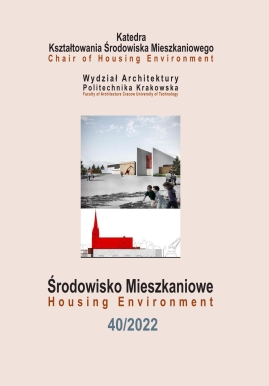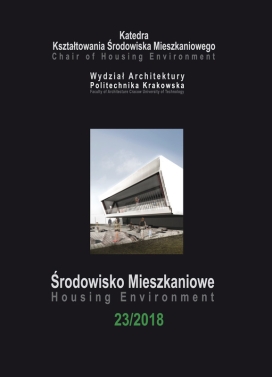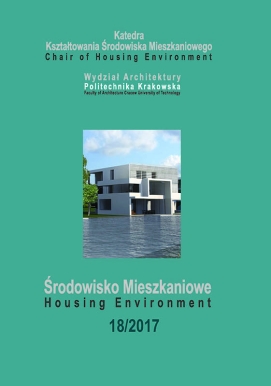The last two decades of the century have brought unusually many changes in the built environment. These include not only changes directly related to the emergence of a new urban fabric, but also changes in social attitudes towards common spaces located in residential areas. The built environment has never been evaluated so strongly. This assessment translates not only into the everyday outdoor activities of residents (necessary, optional and social activities), but also to economic projects (purchase, sale and rental of real estate). At the same time, the city ceases to be, as it has been so far, mainly subjected to criticism, and the residents are gradually changing their demanding attitude concerning the development of space to participate in the process of its creation. Society wants to have a real impact on urban space, especially on the space closest to them. Thus, the right to the city is no longer a privilege or a duty, but it becomes a need.
Trying to meet this need results in a phenomenon which we can increasingly observe in Poland, and which we have been witnessing abroad for many years: activities in public space are changing into activities for public space. They include the transformation of common spaces related to the place of residence—improving their aesthetic quality, functional changes, modernization of development elements.
Observing numerous examples of public participation in shaping public spaces, it was noticed that the initiation, course and effects of activities largely depend on the social capital of the group undertaking said activity.
Accordingly, there is a need for research on the mutual relation between the level of social capital and the issue of shaping and managing public space with the participation of local communities, which will be the main topic of the paper. To investigate the above-mentioned issue, qualitative research methods were used in relation to the relationship: site visit, non-participant observation and focus interviews. This contributed to a comparative study of three selected Warsaw case studies. They were analysed in terms of meeting the qualitative criteria selected for the study. These criteria have been indicated on the basis of the Social Capital Development Strategy 2020, which is one of the parts of the Medium-Term National Development Strategy.
The result of the analyses is an indication of derived factors from within the group of space users and external factors that have a positive and negative impact on initiating, carrying out and maintaining the effects of changes in common spaces developed with the participation of local communities in Polish conditions. The conclusions can be used to improve future participation processes related to urban space - both by non-professionals participating in them, as well as experts - architects and town planners.












































